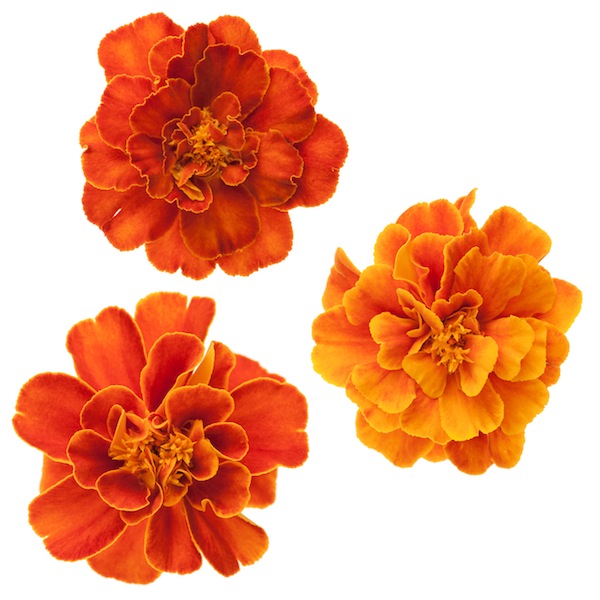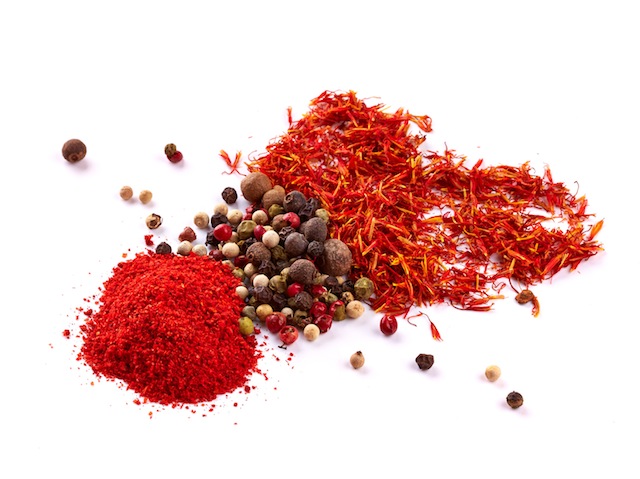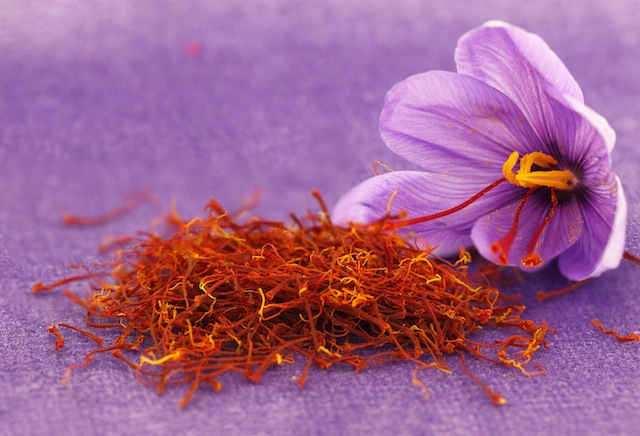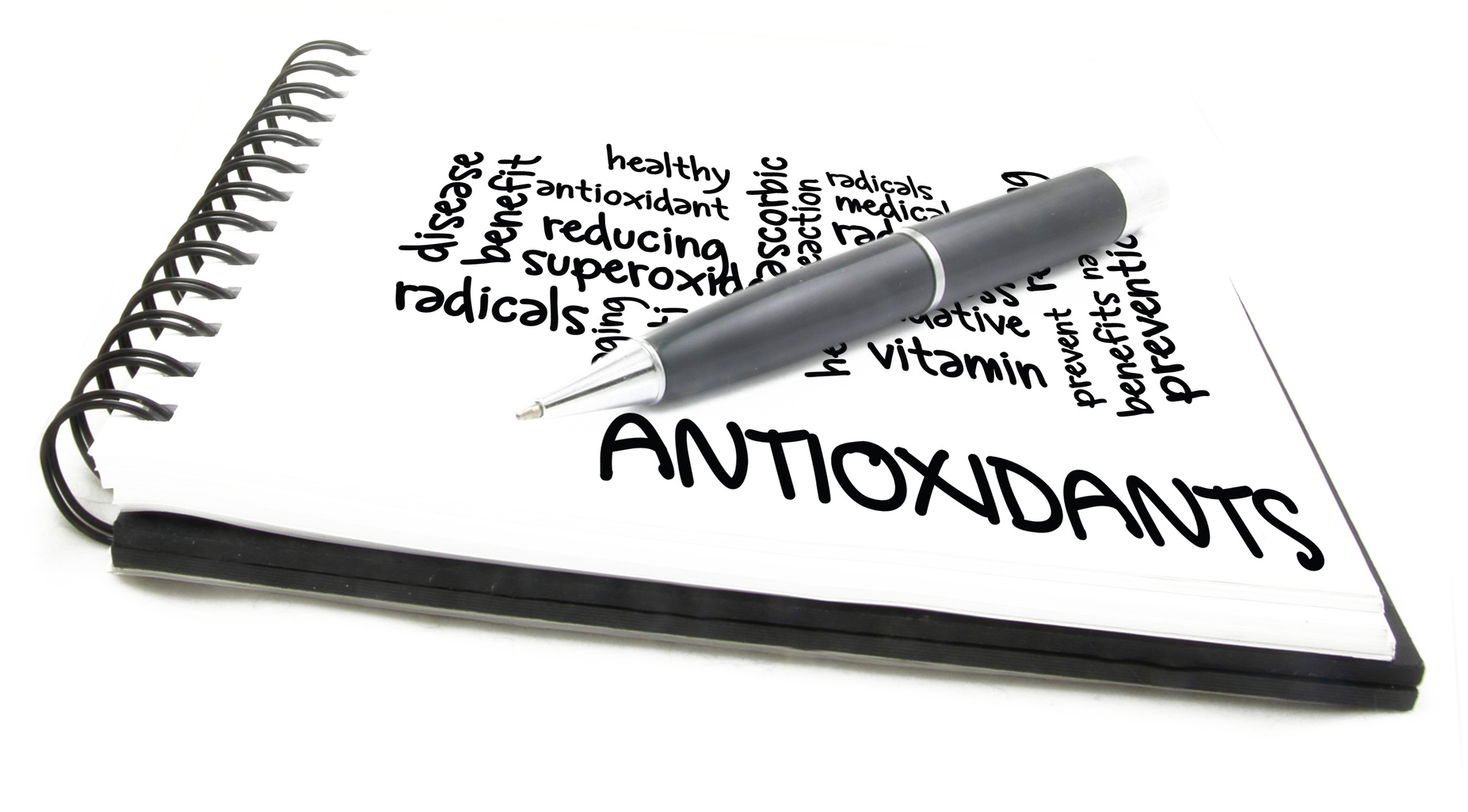Zeazanthin, Working Hand-in-hand with Lutein, for Healthy Eyes
 Marigold - Zeaxanthin Rich
Marigold - Zeaxanthin RichNutrient Family:
- Carotenoid
> Sub-group: Xanthophyll
> Colour
: Orange-red
Zeaxanthin's Workings
Fat or Water Soluble Antioxidant:
- Fat Soluble
Since they are a fat-soluble nutrient, Carotenoids such as Zeaxanthin, require the presence of dietary fat for proper absorption through the digestive tract. Consequently, your carotenoid status may be impaired by a diet that is :
- extremely low in fat
or,
- medical conditions that causes a reduction in the ability to absorb dietary fat such as :
§ pancreatic enzyme deficiency
§ Crohn's disease
§ celiac sprue
§ cystic fibrosis
§ surgical removal of part or all of the stomach
§ gall bladder disease
§ liver disease
Other functions, besides being an antioxidant:
- due to its yellow colour, it protects the eyes by absorbing the damaging "blue light"
- carotenoids that gives the following plants their colours and characteristics:
0 paprika
o saffron (picrocronin and safranal, for taste and aroma)
0 wolf berries (or, goji berries)
Where Is Zeaxanthin Found Naturally?
It is found it both plants and animals, however, in animals, the Zeaxanthins are derived from plant foods.
Zeaxanthin is found in the human body in :
- Eyes – in particular Retina and Macular areas of the eyes
- Skin
We are born with Zeaxanthin in our body but because our bodies do not produce Zeaxanthin, we need to replenish the Zeaxanthin through foods and/or supplements.
 Paprika, Saffron
Paprika, SaffronExamples of food sources:
In plant foods : [Cite: Wikipedia]
Product Lutein/zeaxanthin (micrograms per 100 grams)
- Nasturtium (yellow flowers, lutein levels only) 45,000
- Kale (raw)
39,550
- Kale (cooked) 18,246
- Dandelion leaves (raw) 13,610
- Nasturtium(leaves, lutein levels only) 13,600
- Turnip greens(raw) 12 ,825
- Spinach (raw) 12,198
- Spinach (cooked) 11,308
- Swiss chard (raw or cooked) 11,000
- Turnip greens
(cooked) 8,440
- Collard greens (cooked) 7,694
- Watercress (raw) 5,767
- Garden peas (raw)
2,593
- Romaine lettuce 2,312
- Zucchini 2,125
- Brussels sprouts 1,590
- Pistachio nuts
1,205
- Broccoli 1,121
- Carrot (cooked) 687
- Maize/corn 642
- Egg (hard boiled)
353
- Carrot(raw)
256
- Kiwifruit 122
 Saffron
SaffronIn Zoochemicals:
- Egg yolks
- Chicken fat
Use as Food Additive:
As a food additive:
- E number E161h
Health Benefits of Zeaxanthin
Zeaxanthin appears to work in partnership with Lutein, another Carotenoid Antioxidant, tackling the same health issues and performing similar functions.
Both are present in the eyes and skin.
Examples of the health benefits of Zeaxanthin - similar to Lutein:
- prevention of free radicals damage – where Zeaxanthin are found in our body
- absorption of UV and the more damaging “blue light” in our eyes
o both UV and blue light creates free radicals which attacks the eyes.
- (together with Lutein) has been quoted to prevent or stop deterioration of Aged-Related Macular Degeneration (AMD) through its 2 folds functions :
o neutralizing the damaging effects of free radicals in the macular area
o absorbing the UV and blue light, preventing the formation of free radicals caused by UV and blue light.
Do you have a PASSION you want to share with the world??? What better exposure than the INTERNET?!!!
Want to consider?
Well, you will need a place to "host" (place) your site, then the tools to build, run as well as track the performance of your Masterpiece!
OR, if you already have a site, but find that you are paying too much for tools and apps to run and track your site ...
Here's an All-in-One Solution for you! Hosting, as well as Tools to build, run and track!
